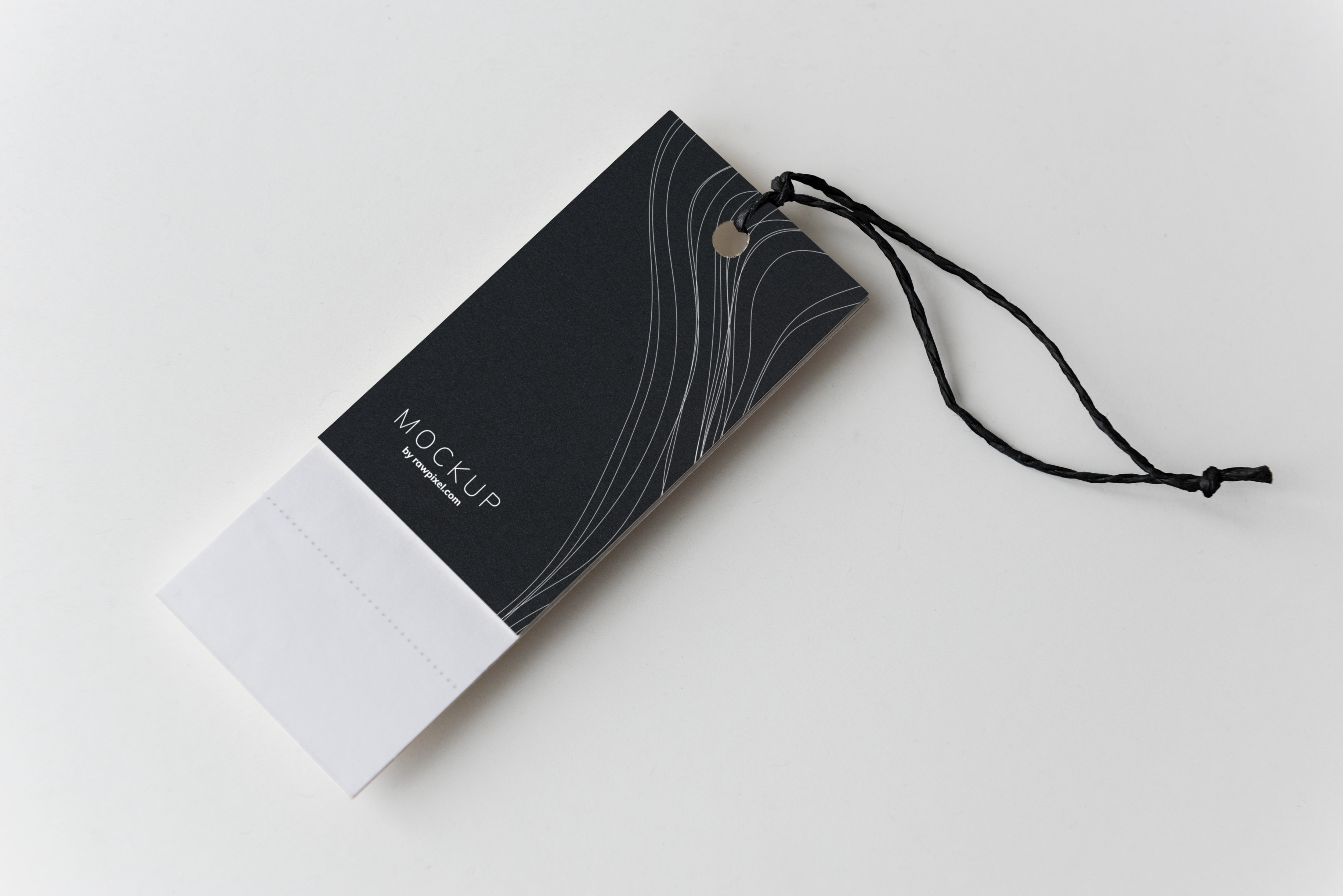
Oh, That Old Thing – Cultural Capital Revisited
By Peter Don, BPR

In 2019 the BBC made significant changes to one of its flagship radio stations – BBC Radio 2.
In August the results for the second Quarter of 2019 were released by RAJAR – the UK radio industry’s official listening survey. Six months on, we take a look at what has happened.
Earlier in the year, we wrote:
How is it that some radio stations can change course and thrive – while others change and lose their current listeners while failing to win new ones? The answer might lie in the concept of ‘Cultural Capital’ So, what exactly is Cultural Capital?
Cultural Capital could be described as the ‘heritage’ of the brand – or the relationship between the brand and its customers – if the relationship between a brand and its fans is intense – that is people love the brand – (think people queueing outside the store overnight to be the first to own a new iPhone), then cultural Capital is high …. It takes a lot to lose that.
In radio, a brand that has developed a lot of trust or passion between the brand and listeners – there are both positives and risks …
Positives; the brand with high cultural capital may change course but their listeners will forgive them even if this is not in line with their interests or expectations.
Negatives; changes may be diametrically opposite to listener expectation – if Cultural Capital is low, current listeners leave and brand images or expectation keeps new listeners away …. In this case dramatic change is a lose – lose.
Radio 2
The most recent results show that the total number of listeners is slightly lower. At the end of 2018, the station was attracting 14.9 million listeners per week. This rose to 15.4 million in Quarter 1 but at the end of Quarter 2 2019 this figure is 14.6 million.

While the numbers of people listening to the station has fallen a little, the bigger change by far is the shift in listening.
The graph below shows the dramatic fall in time spent listening to the station leading to a dramatic fall in total listening hours.

What these two results highlight very clearly is the difference between brand ‘habit’ and listening satisfaction
The Power of the Brand: while total numbers of listeners are lower by Q2 2019, this is a relatively small or gradual loss. Compared to Q2 2018, the numbers are broadly similar.
The impact of content change: this overview does not delve into the sources of listening losses for Radio 2 however given the magnitude of changes made in 2019, personality, presenters, music etc will all have contributed to these losses. However, the biggest loss comes from the breakfast show. By the end of Q2 2019, the greatest number of listeners on Radio2 were in the daytime.
Virgin Radio
The loss of Chris Evans from Radio2 has had a beneficial impact for Virgin Radio as these numbers show.
Total Reach improves from 447,000 to 1.5 million.

Listening to Virgin Radio also improves with strong increases in average hours per listener and total listening hours.
These figures also show that growth for Virgin is in the early stages as reach grow by almost 350% average hours per listener is ‘only’ up 171%

In both of these examples the issue of Cultural Capital is still relevant, BBC Radio 2 retains the power of the Brand (Cultural Capital) while losing listeners (product expectation).. Virgin Radio increases listeners with Chris Evan as the catalyst but has yet to convert this into committed listening at the same level.
BPR can help you understand your cultural capital, just ask us how.
*Source RAJAR listening 2018 – 2019
Discussion
No comments on this post yet, start a discussion below!